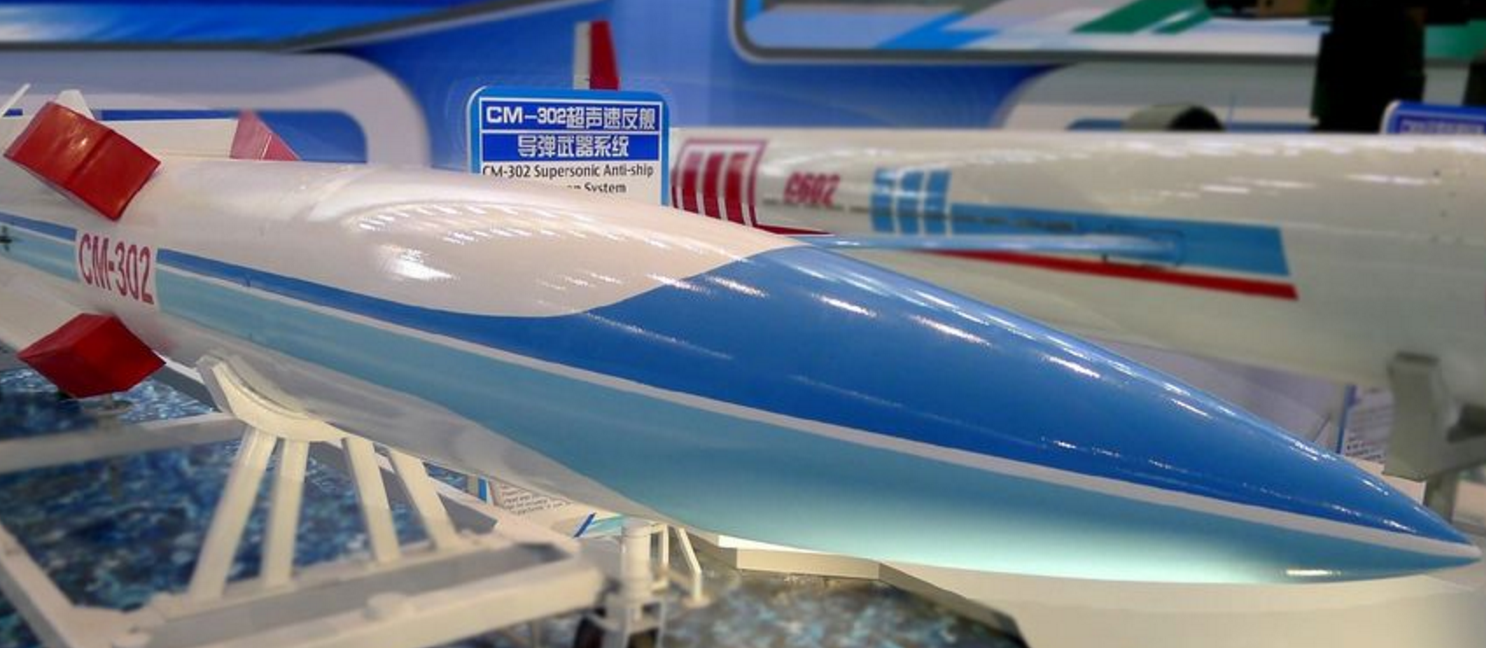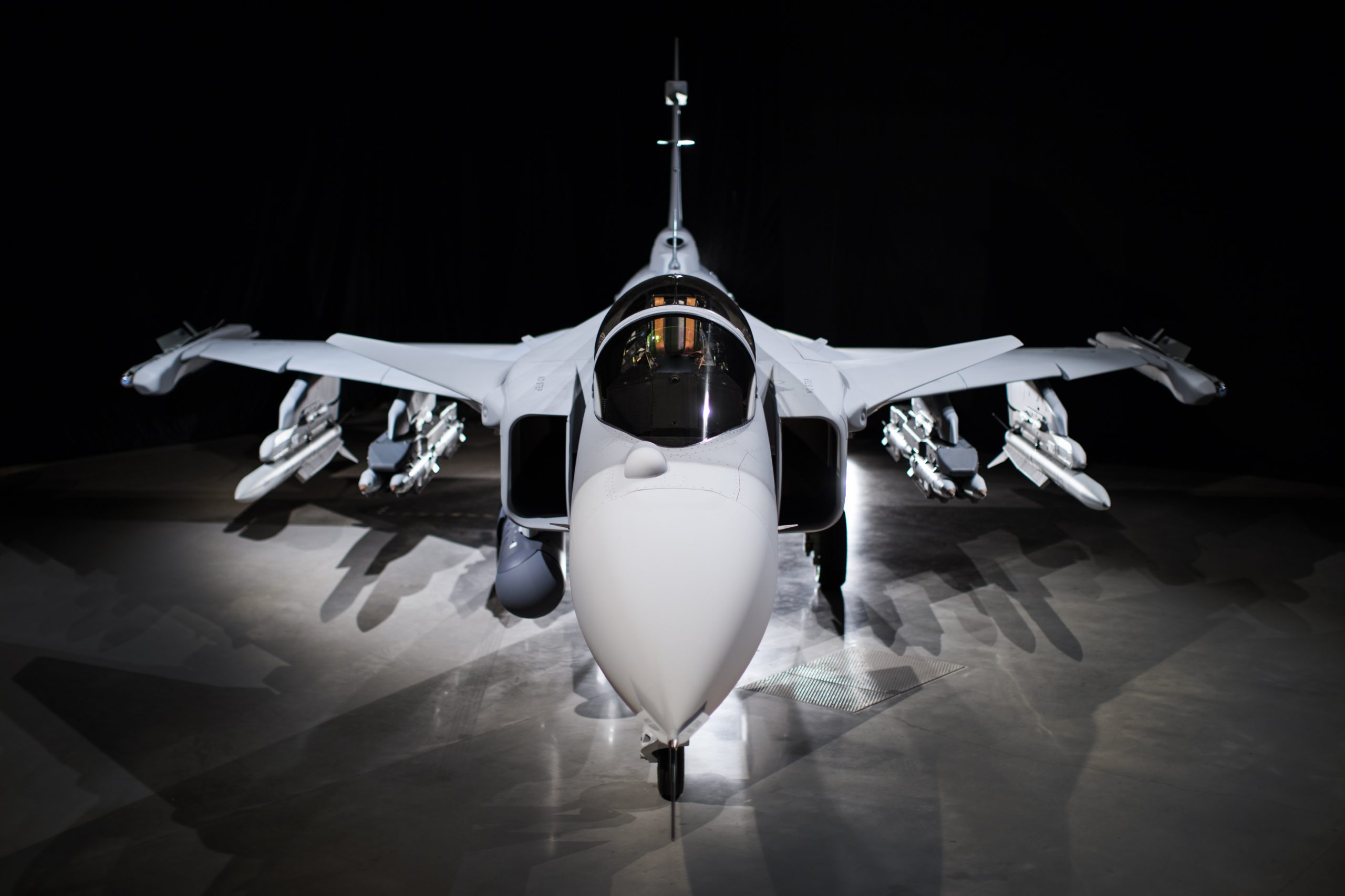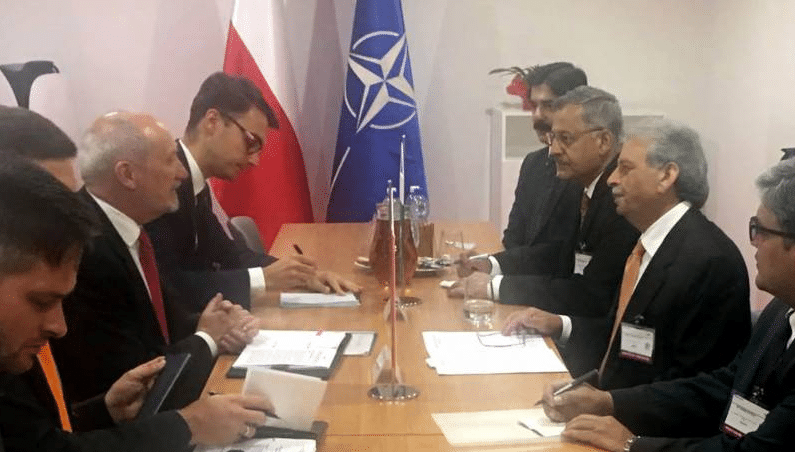40Views 3Comments

CM-302 anti-ship cruise missile: China’s BrahMos Competitor?
At Air Show China, which took place in Zhuhai last week, China Aerospace Science & Industry Corporation (CASIC) had marketed new supersonic anti-ship cruise missile (ASCM) – the CM-302.
IHS Jane’s believes the CM-302 to be “closely related” to the YJ-12 ASCM, which utilizes a ramjet engine to cruise at supersonic speed – Mach 2 (at low-altitude) to over Mach 3 (at high-altitude).
However, it is not clear if the CM-302 is in fact the YJ-12. Shephard Media reported that the CM-302 is the export variant of the YJ-18, which accelerates to supersonic speed during its terminal phase.
Notes & Comments:
If the aim is to directly compete against the Indo-Russian BrahMos, then CASC will have derived the CM-302 ASCM from the YJ-12. Supersonic cruising is one of the BrahMos’ marquee features, which imbues it with a higher threat rating than subsonic anti-ship missiles, such as the Exocet and C-802.
A look at the CM-302 ASCM (as shown at Air Show China 2016) clearly shows that it has intakes for an air-breathing engine. The design is identical to the ramjet-powered YJ-12. However, as with all export-grade missiles from China, the CM-302’s range is capped to 290 km.
China Aerospace Science and Technology Corporation (CASC) has been working to offer a direct analogue to the BrahMos since at least 2014, when it had unveiled its CX-1 ASCM, which was envisaged with a scramjet engine (Aviation Week). CASIC’s CM-302 directly competes with the CASC CX-1.
The CASIC YJ-12 was cleared for use from the People’s Liberation Army Navy (PLAN)’s H-6G bombers and JH-7B fighter-bombers (U.S Department of Defense). The PLAN and People’s Liberation Army Air Force (PLAAF) were also in the process of integrating the YJ-12 to their respective J-16 and J-11 fleets (IHS Jane’s).
The CM-302 is expected to attract a strong customer base, especially since it is among a handful of cruising supersonic ASCMs on the market. China’s leading conventional arms client Pakistan could be viewed as a strong potential CM-302 customer, which could utilize the CM-302 from land and potentially even surface warships and submarines to bolster its anti-access and area denial capabilities.
Terminology:
For background information on cruise missiles – including anti-ship cruise missiles – please refer to Quwa’s brief on cruise missile technology. Quwa’s series on Pakistan’s pursuit of force-multiplier assets should offer context on why Pakistan could be a potential CM-302 customer.
Edit: Removed incorrect information regarding the CX-1.


